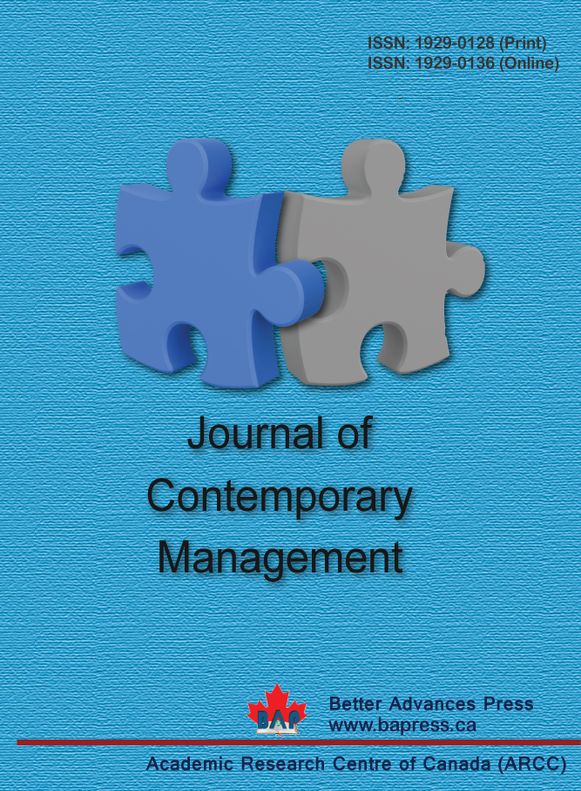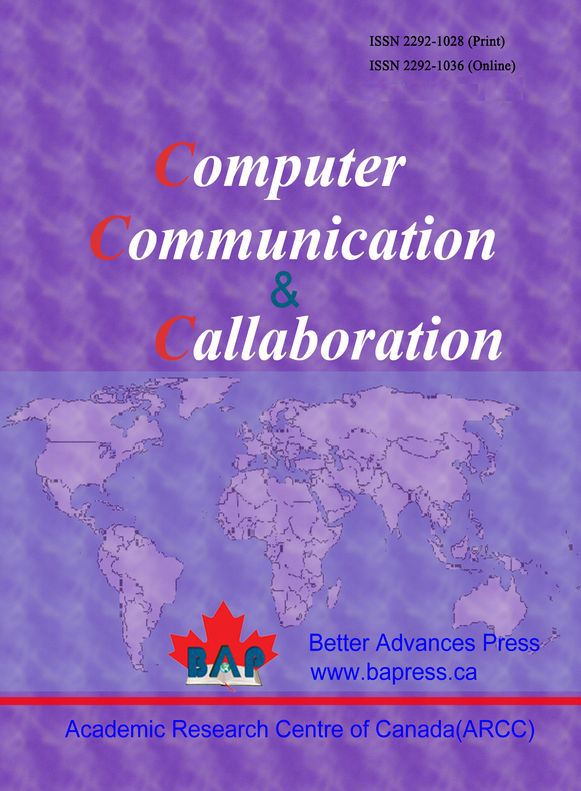Credit Scoring Models for a Tunisian Microfinance Institution: Comparison between Artificial Neural Network and Logistic Regression
Abstract:
This paper compares, for a microfinance institution, the performance of two individual classification models: Logistic Regression (Logit) and Multi-Layer Perceptron Neural Network (MLP), to evaluate the credit risk problem and discriminate good creditors from bad ones. Credit scoring systems are currently in common use by numerous financial institutions worldwide. However, credit scoring using a non-parametric statistical technique with the microfinance industry, is a relatively recent application. In Tunisia, no model which employs a non-parametric statistical technique has yet, as far as we know, been published. This lack is surprising since the implementation of credit scoring should contribute towards the efficiency of microfinance institutions, thereby improving their competitiveness.
This paper builds a non-parametric credit scoring model based on the Multi-Layer perceptron approach (MLP) and benchmarks its performance against Logistic Regression (LR) techniques. Based on a sample of 300 borrowers from a Tunisian microfinance institution, the results reveal that Logistic Regression outperforms neural network models.
Keywords:
Micro finance institution; Credit scoring model; Multi-Layer perceptron; Logistic Regression
JEL Classifications:
C14 ; C45 ; G21
Citation as:
Aida Kammoun, and Imen Triki (2016). "Credit Scoring Models for a Tunisian Microfinance Institution: Comparison between Artificial Neural Network and Logistic Regression", Review of Economics & Finance, Vol.6, No.1, pp. 61-78.




 This Journal is under the license of CC-BY-SA.
This Journal is under the license of CC-BY-SA.